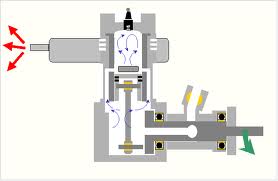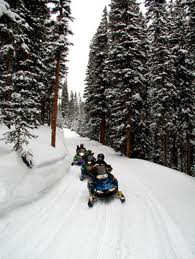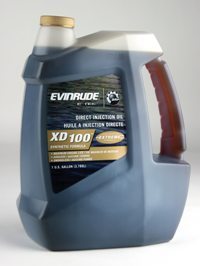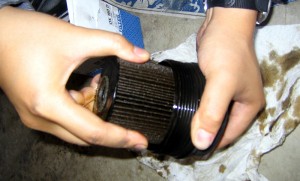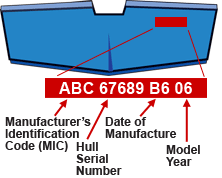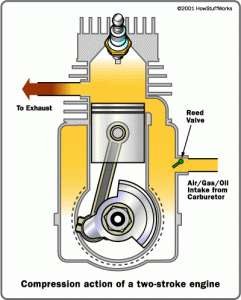Yamaha SX190
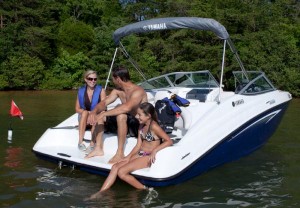 I thought the Yamaha AR190 was top of the line until I took a look at the SX190. Although it is a 19-footer like the AR190, the SX190 is even more spacious in its lay-out. The bow has plenty of seating, cup holders, speakers, and an anchor storage locker. Additional storage can be found in the wet storage compartment on the swim platform.
I thought the Yamaha AR190 was top of the line until I took a look at the SX190. Although it is a 19-footer like the AR190, the SX190 is even more spacious in its lay-out. The bow has plenty of seating, cup holders, speakers, and an anchor storage locker. Additional storage can be found in the wet storage compartment on the swim platform.
Even more storage can be found in the oversized in-floor locker. The in-floor locker is ideal for storing towables and water sport gear. In my case, I’d probably use it to store fishing gear. I assume since it’s manufactured by Yamaha, I could use my supply of yamalube to keep the engine running properly.






